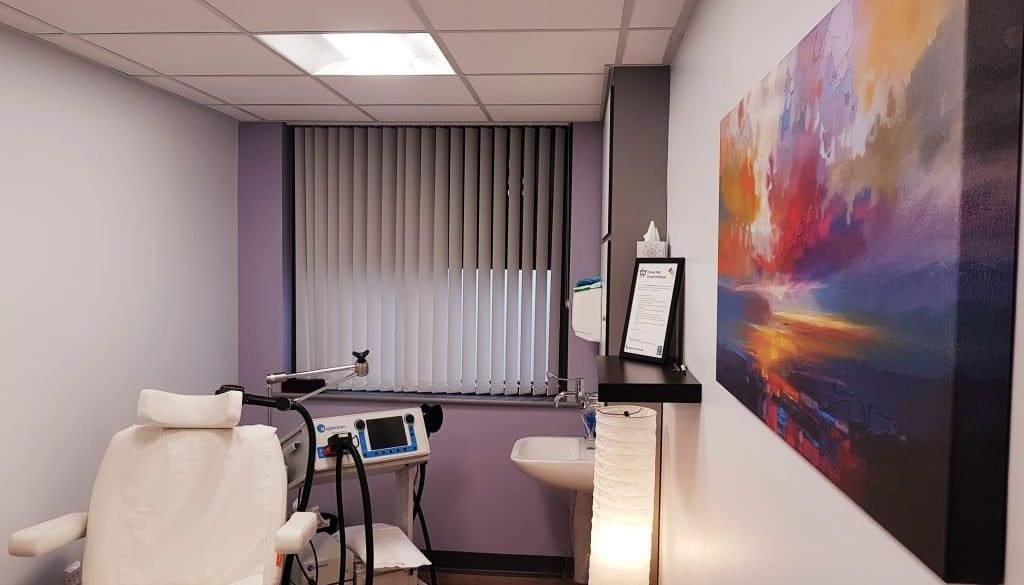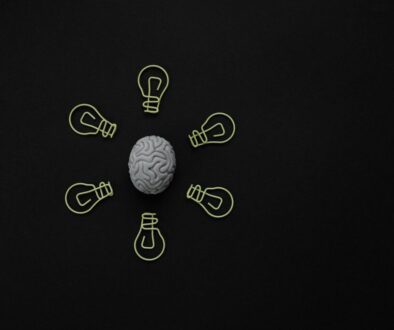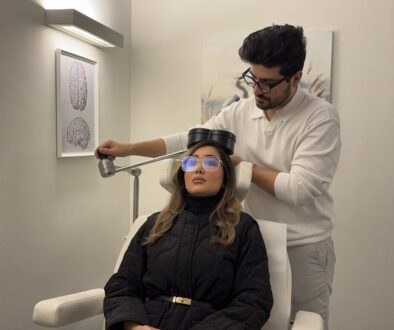TMS treatment Pros & Cons
TMS treatment pros and cons: Transcranial Magnetic Stimulation (TMS) treatment has a 75% response rate. Thus, 3/4 people who have completed the treatment see significant benefits from it. Even though the advantages of TMS treatment outweigh the disadvantages. However, the disadvantages should still be considered and discussed with the patient.
Clinic Manager at The rTMS Centre, Mr Amiri said that “it is important that the patient is completely aware of both the advantages and disadvantages of the treatment before commencing”. Therefore, allowing the patient to make an informed decision about their treatment.
TMS pros
- No surgery, non-invasive and no anaesthesia required
- Out-patient treatment – Patient can continue with daily activities as normal after treatment. Also, can be arranged alongside work timetable as well.
- Current clinical data shows that 3/4 people will respond to the treatment
- No significant memory loss
- Minor & transient side-effects
- FDA approval (2008) and NICE guidelines recommendation (2015)
TMS cons
- Facial twitching and transient headache (Minor side-effects)
- The time required: 20-30 daily sessions over 4-6 weeks
- No insurance cover
- Limited NHS funding




